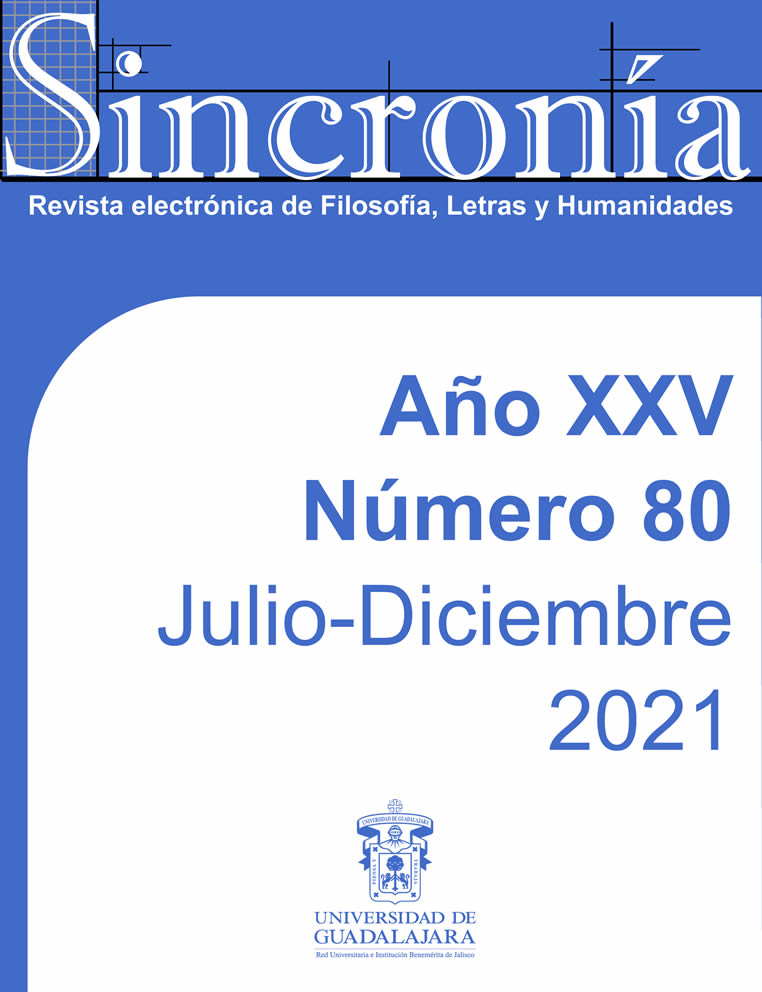Self-figuration in El hombre de la esquina rosada by Jorge Luis Borges.
Keywords:
Self-figuration, Borges, Autobiography, Cutlers stories, Writings of the self, Spanish-American literatureAbstract
This work will analyze the short story Hombre de la esquina rosada by Argentine writer Jorge
Luis Borges, in order to establish a relationship between the textual image created by Borges
and the concept of Self-Figuration proposed by critic José Amícola (who builds upon the
work of critic Sylvia Molloy). In order to further this analysis a brief historical review will be
made, particularly focused on the appearance of Autobiography as a genre in the Eighteenth
Century and its later consolidation in both Europe and Argentina during the Nineteenth
Century. This historical relationship will be used to help analyze the concept of Self-
Figuration in the specific case of Borges. Subsequently, this analysis will consider Borges'
relationship with cutlers' stories, the relationship of these stories with larger literary
tradition and, finally, the Argentine author's Self-Figuration in the tale "Man on the Pink
Corner." Commentary from theorist Jesus Davila will also be used to analyze significant
features of Borges' cutler's stories and identify elements of said stories which could
contribute to Borges' Self-Figuration.
Downloads
Downloads
Published
How to Cite
Issue
Section
License
Copyright (c) 2021 Benjamin Aguilar Sandín

This work is licensed under a Creative Commons Attribution-NonCommercial 4.0 International License.
You are free to:
- Share — copy and redistribute the material in any medium or format
- Adapt — remix, transform, and build upon the material
- The licensor cannot revoke these freedoms as long as you follow the license terms.
Under the following terms:
- Attribution — You must give appropriate credit , provide a link to the license, and indicate if changes were made . You may do so in any reasonable manner, but not in any way that suggests the licensor endorses you or your use.
- NonCommercial — You may not use the material for commercial purposes .
- No additional restrictions — You may not apply legal terms or technological measures that legally restrict others from doing anything the license permits.



























